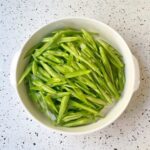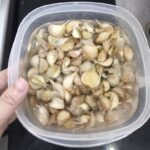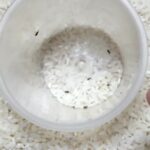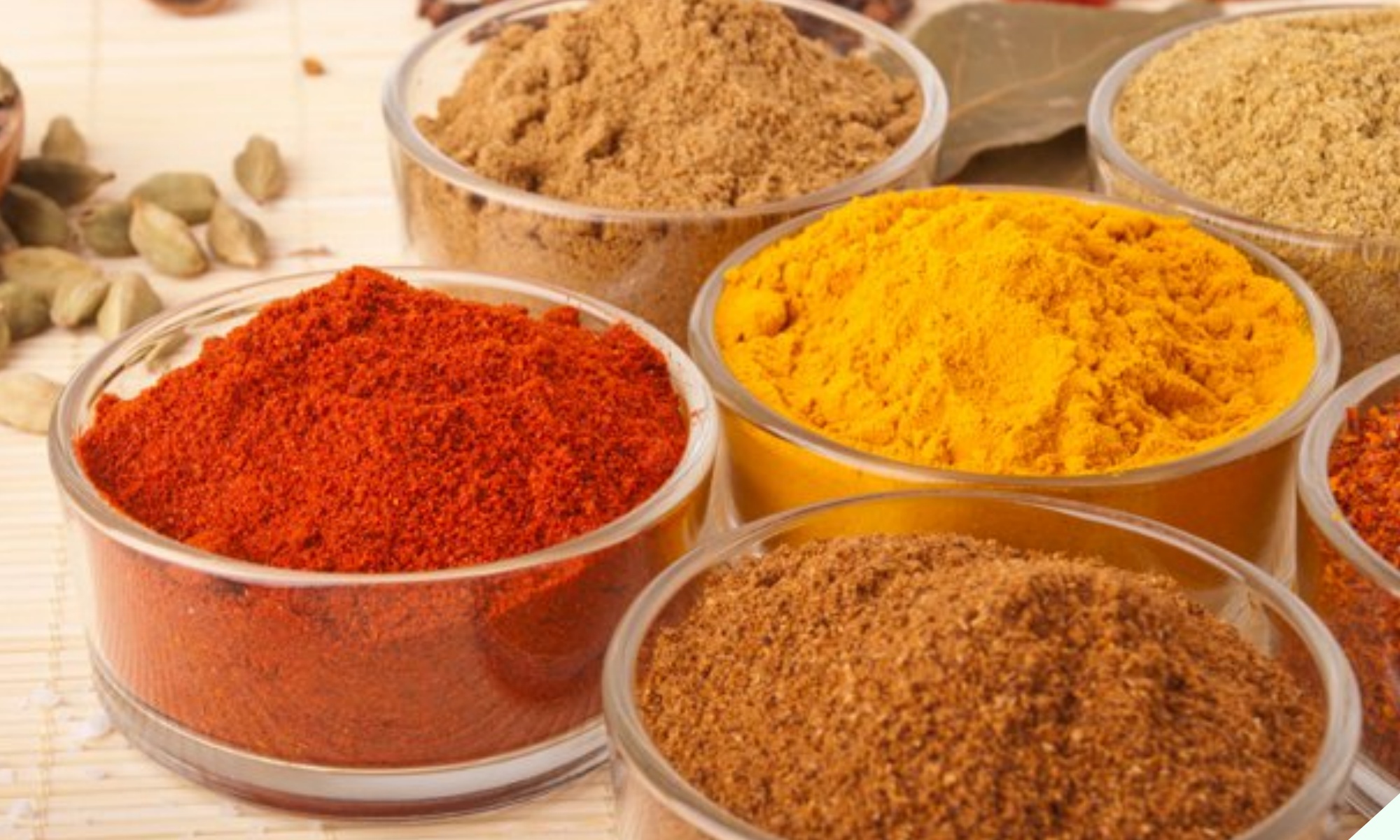
Discover the 4 spices that cancer cells dread and learn about their benefits.
1. Ginger
Ginger is a popular spice used extensively in cooking. Apart from enhancing the flavor of dishes, ginger offers a plethora of health benefits.
Research reveals that ginger contains compounds with potent antioxidant and free radical-scavenging properties, namely gingerol and diphenyl heptan. Additionally, the substances in ginger can downregulate genes and proteins associated with cancer.
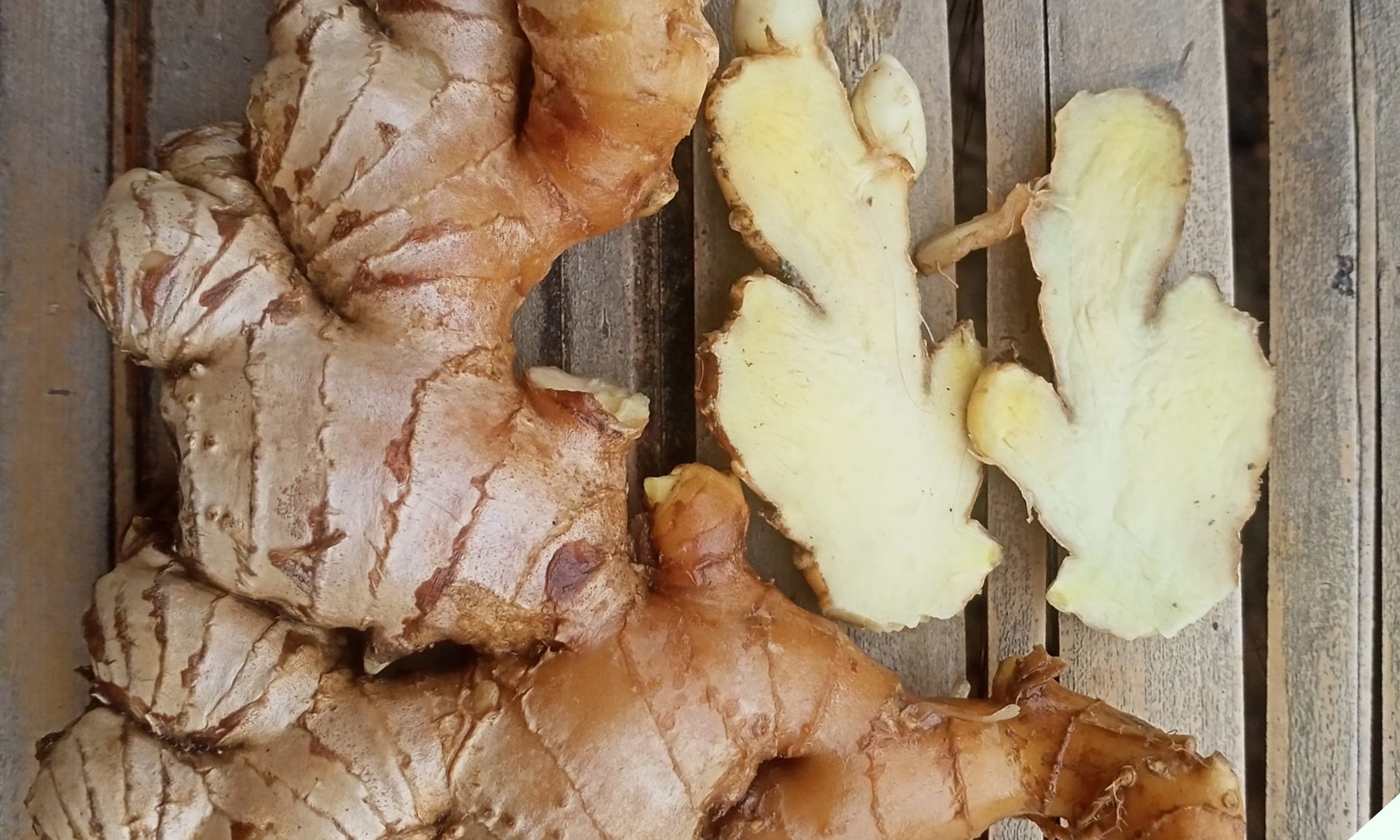
There are numerous ways to incorporate ginger into your daily life. You can grind it into a spice, add it directly to your meals, or consume it in the form of candy or jam.
Furthermore, ginger can be pickled in vinegar, a common practice in many restaurants. This delicacy is highly beneficial for health, as it promotes blood circulation, reduces blood fat, and is suitable for individuals with high blood pressure. It also helps keep your body warm.
How to Make Ginger Pickled in Vinegar
– Ingredients:
+ Fresh ginger
+ Edible vinegar
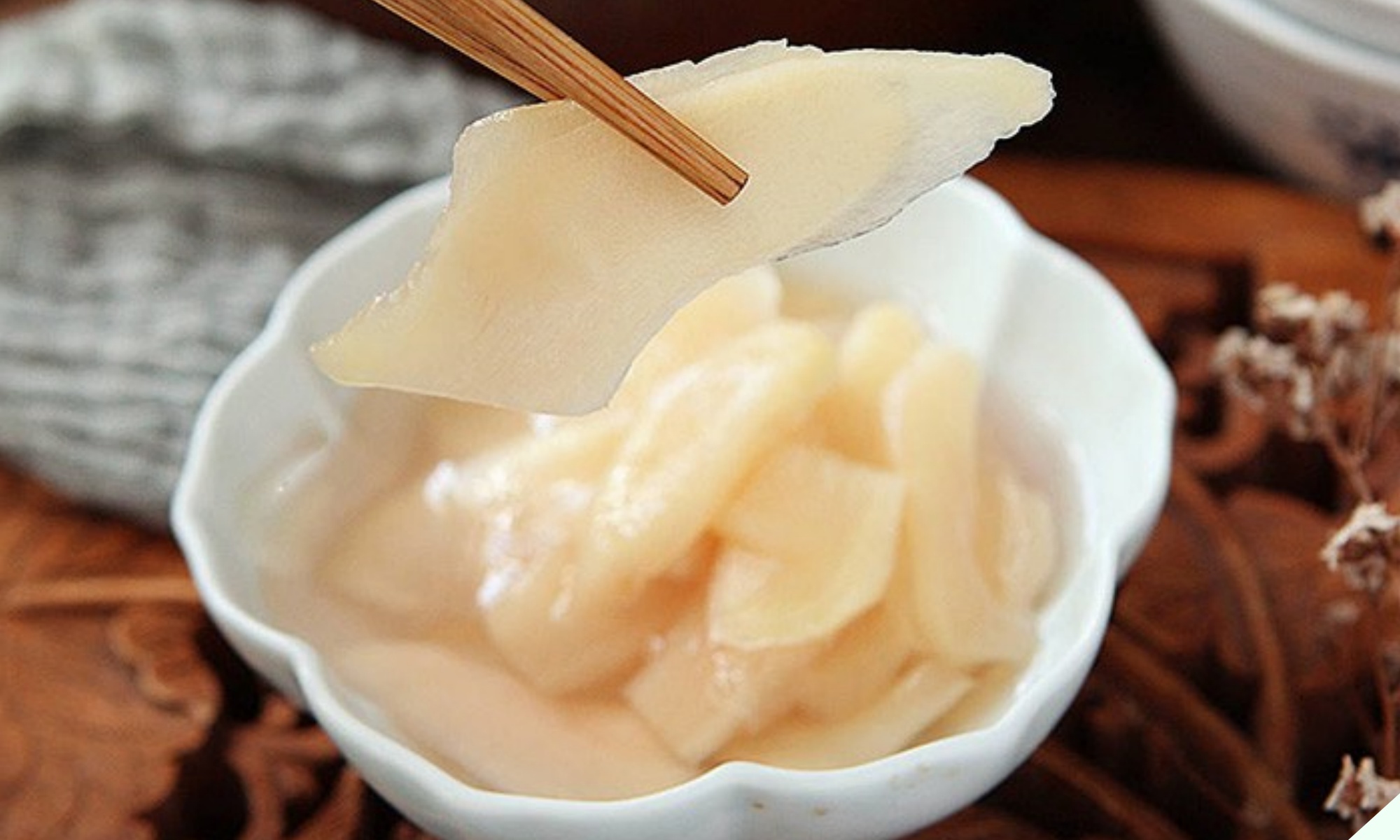
– Instructions
+ Peel and slice the ginger.
+ Place the ginger in a jar, pour in vinegar, and seal the jar tightly.
+ Store the pickled ginger in the refrigerator, and it will be ready to use after a week.
2. Turmeric
Turmeric contains a compound called curcumin, which exhibits powerful anti-inflammatory and antioxidant properties. It is especially effective in preventing and supporting the treatment of cancer. Currently, this spice is being studied and utilized for cancer prevention, including colorectal, prostate, and skin cancer.
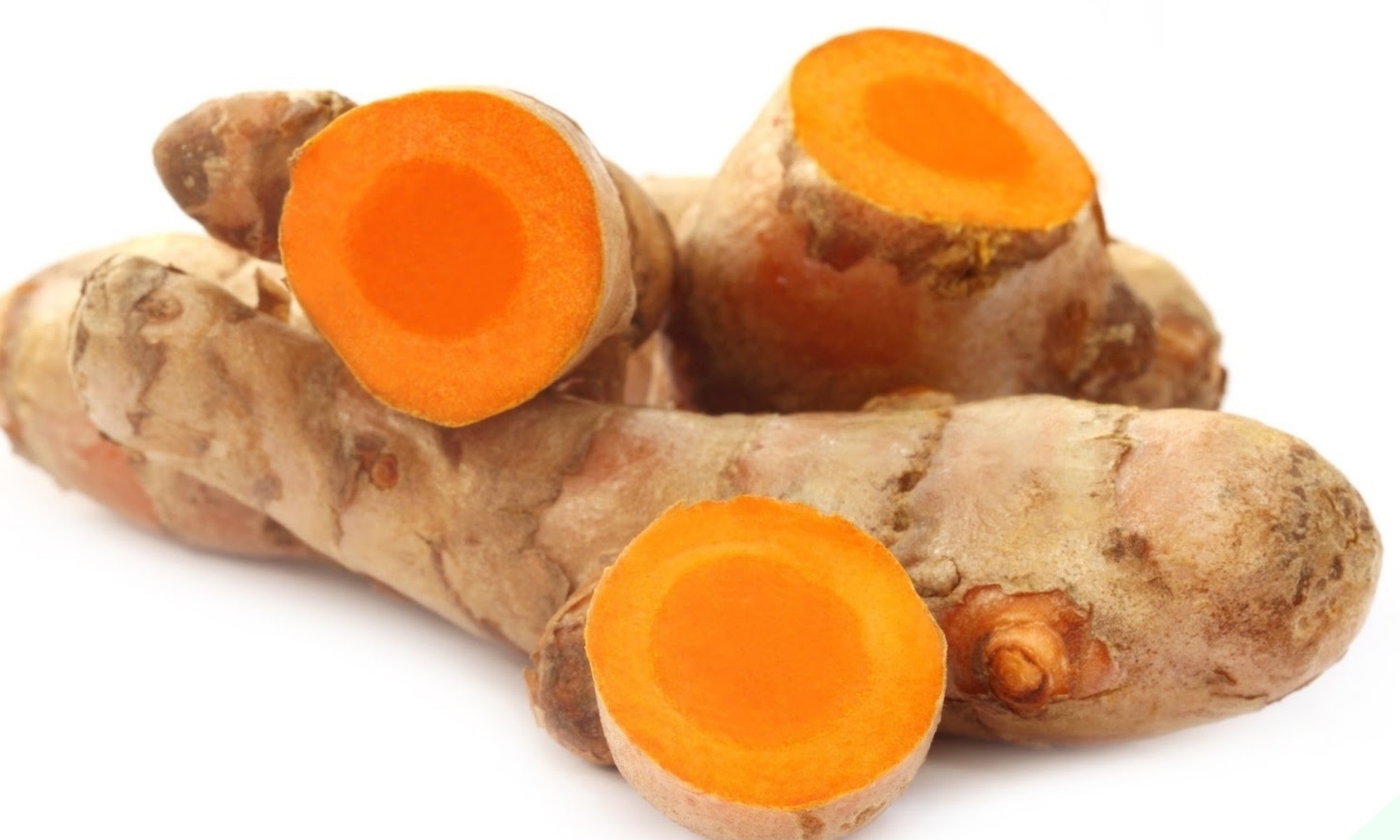
Turmeric can be ground or chopped and added to various recipes. It is commonly used in soups, sauces, and especially in cooking chicken curry.
Fresh turmeric can also be combined with ginger to make tea. Simply grate the turmeric, add grated ginger, and infuse them in hot water. After steeping, add a dash of wildflower honey, and your tea is ready. The longer you let it steep, the richer the color and flavor will be.
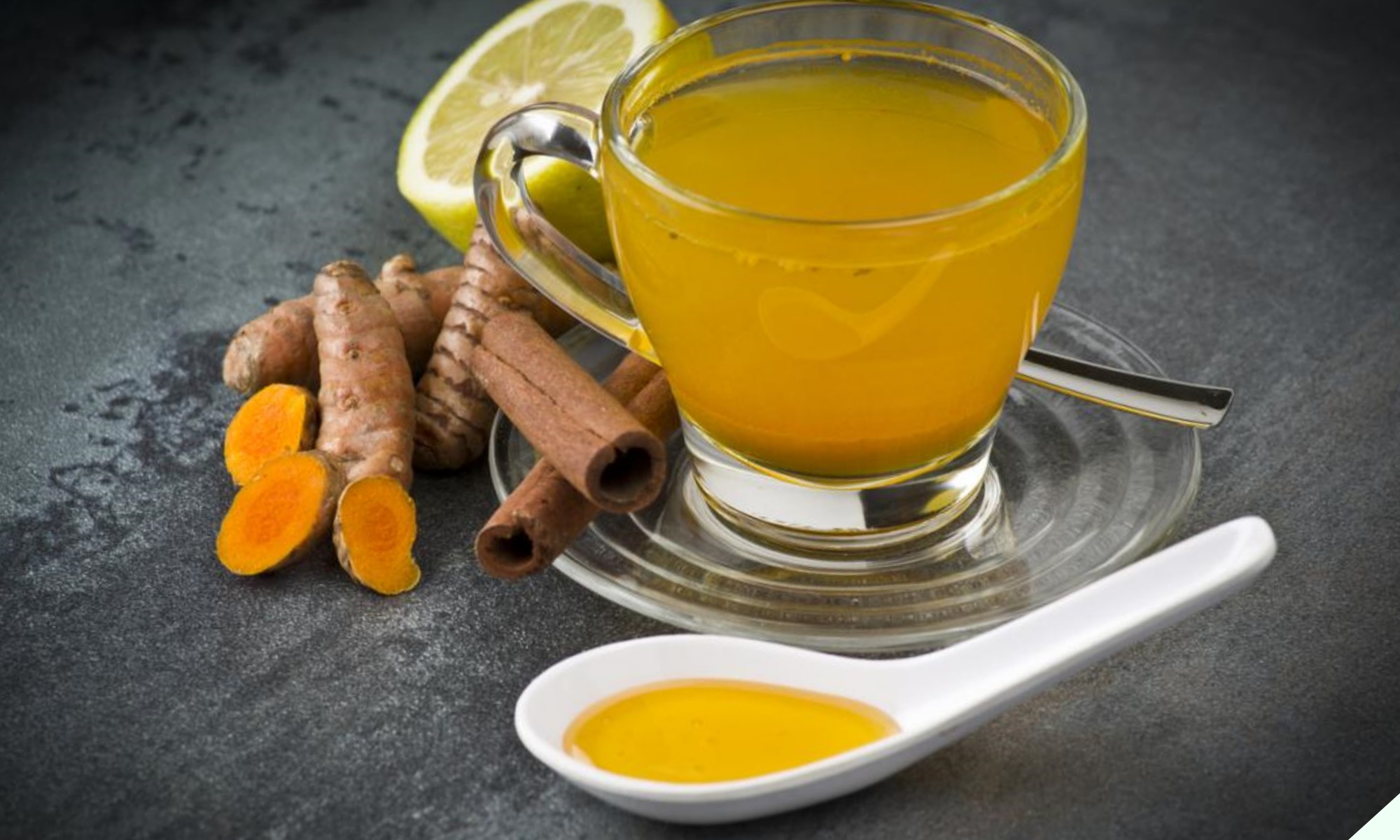
There are numerous ways to incorporate turmeric into your diet, making it easy to include in your daily menu for a delicious and effective cancer prevention strategy.
3. Chili
Chili peppers are rich in vitamin C, beta-carotene, folic acid, and minerals, offering multiple benefits for cancer patients. Studies indicate that capsaicin in chili peppers exhibits anti-inflammatory and antioxidant properties, and it can slow the growth of certain tumors. Additionally, it is highly effective in alleviating pain.
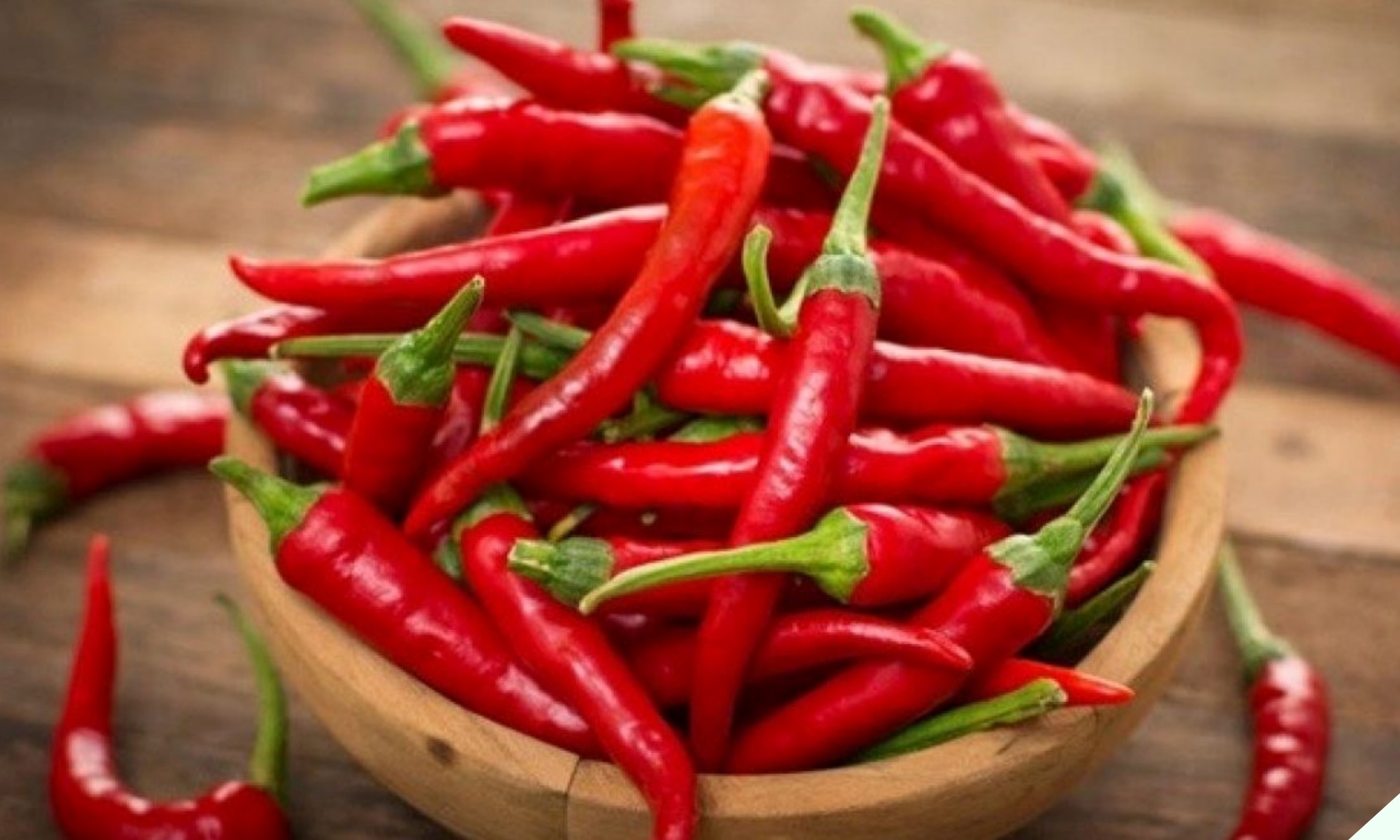
You can use fresh or powdered chili peppers in your dishes. Grinding chili peppers into a fine powder not only enhances the flavor but also prolongs its shelf life.
How to Make Chili Powder
– Wash fresh chili peppers thoroughly and dry them until crisp.
– Put the dried chilies in a grinder and process until you achieve a fine powder.
– Store the chili powder in a clean, dry glass jar, and keep it in a cool, ventilated place.
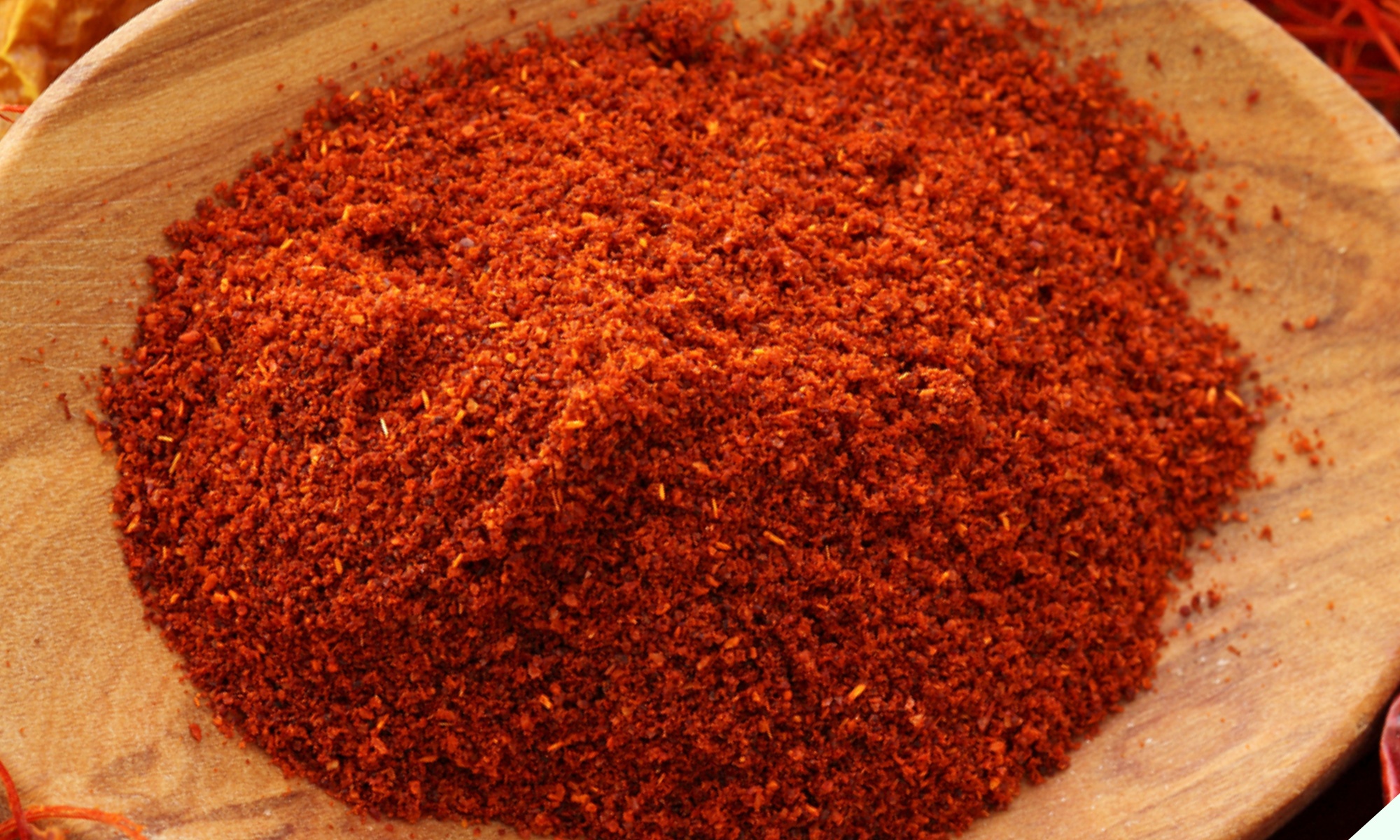
4. Garlic
Research has revealed that garlic contains a high amount of sulfur and other beneficial nutrients. Notably, it includes phytochemicals, flavonoids, and allicin, which are effective in cancer prevention. The World Health Organization (WHO) recommends consuming approximately one clove of garlic daily.
After mincing or crushing garlic, let it sit for 5–10 minutes before use. This allows the enzyme allicin and allicinase to interact and form a new compound called allicin, which is beneficial for the heart, has antibacterial properties, and helps prevent cancer.
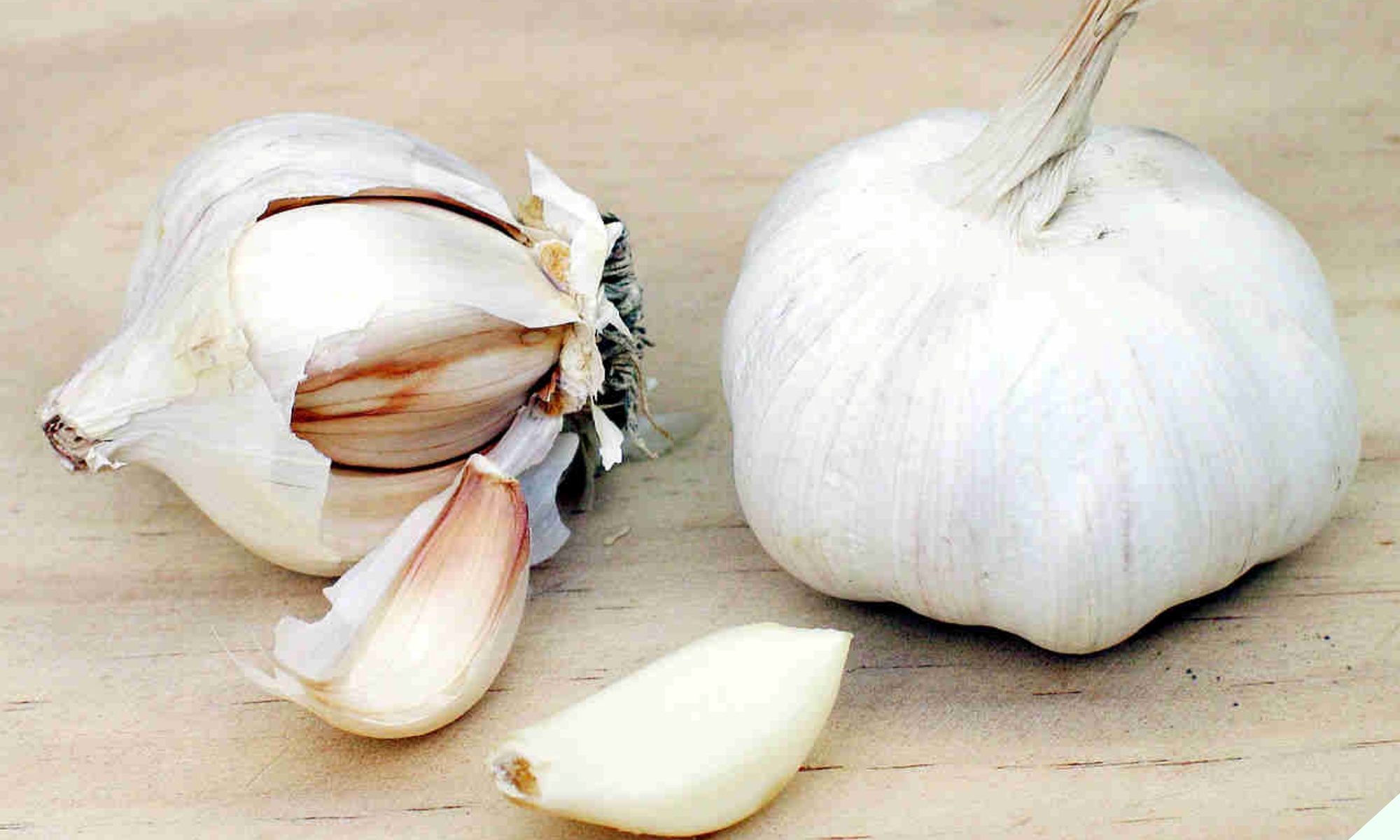
Garlic is used in a multitude of dishes, improving flavor, deodorizing, and killing bacteria. It pairs well with meat, soups, sauces, and vegetables like mushrooms, bell peppers, and onions.
Garlic Sauce Recipe
– Ingredients
+ Garlic: 2 cloves
+ 1 orange
+ Finely chopped cilantro: 1.5 bowls
+ Watermelon seeds: ½ bowl
+ Olive oil: ½ bowl
+ Anchovies: 10g
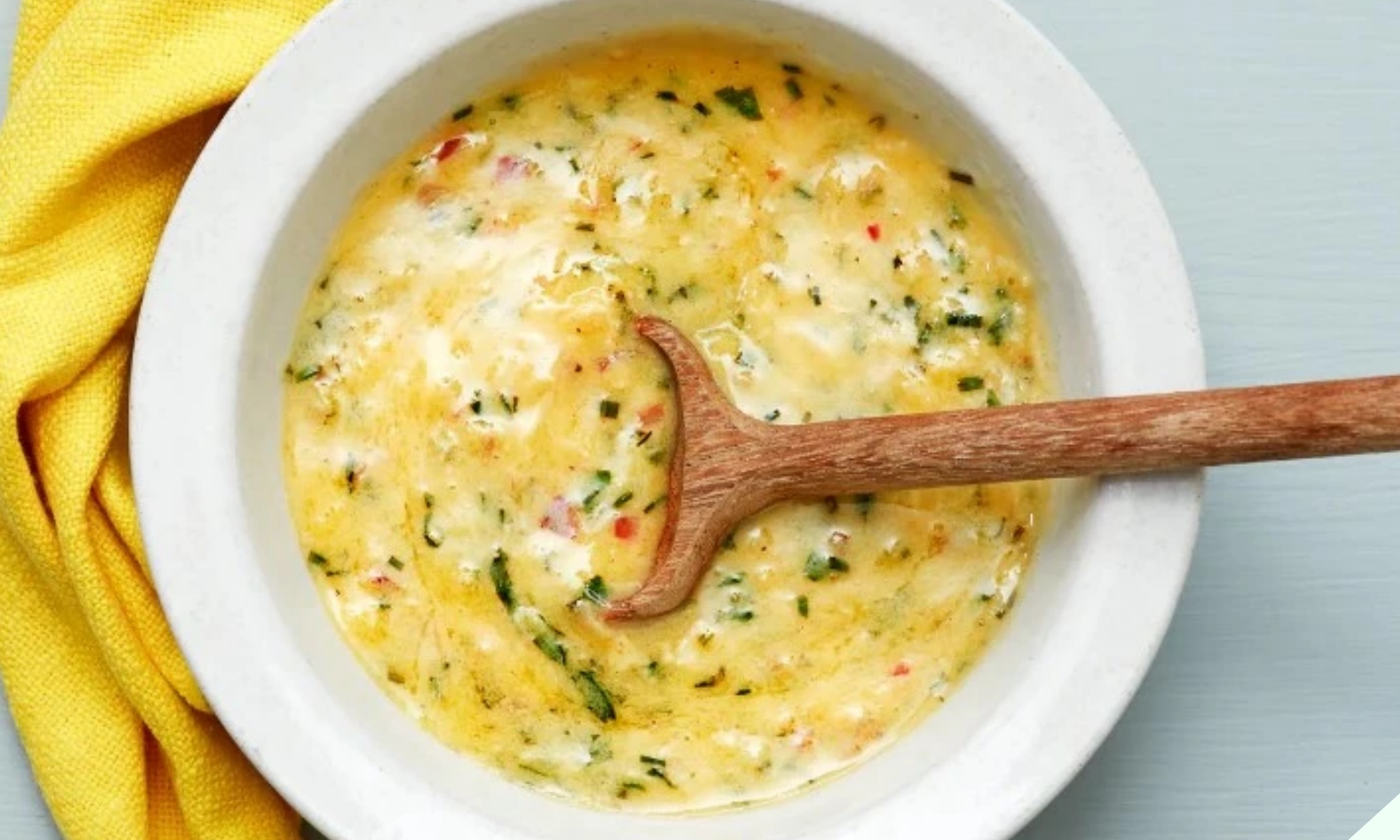
– Instructions
+ Peel and crush the garlic cloves in a blender for about 10 minutes.
+ Add anchovies, orange zest, orange juice, and watermelon seeds, and blend again.
+ Transfer the mixture to a bowl, add a little olive oil and cilantro, and mix well.
+ This sauce goes well with chicken, fish, lamb, beef, and vegetables.
Store any leftover sauce in an airtight glass container in the refrigerator.

























